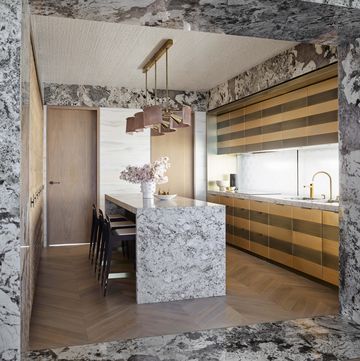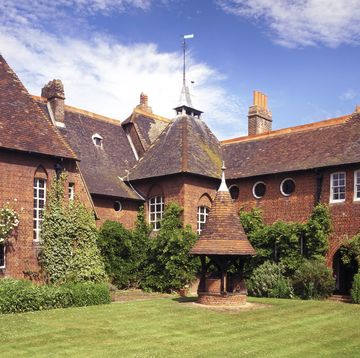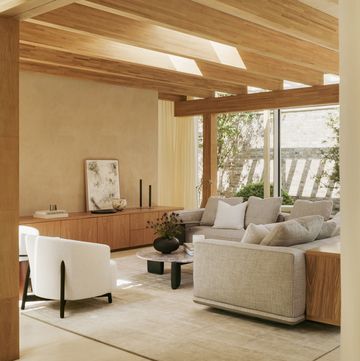Mariam Issoufou didn’t set out to be an architect. Intelligent students in the United States during the late 1990s were hard-wired to enter the tech world, which was booming and exerting an irresistible pull. As a result, Issoufou found herself entering the realm of software engineering, a career she pursued for almost 10 years, before eventually realising it simply wasn’t for her. ‘I didn’t like a minute of it,’ she admits. Returning to university to retrain, she founded Mariam Issoufou Architects in Niger in 2014 and has since become known as one of the world’s most sought-after young architects.
The 46-year-old is now Professor of Architecture Heritage and Sustainability at ETH Zurich. Her completed projects include the Hikma Community Complex, a library and mosque in the village of Dandaji (which won two global LafargeHolcim Awards for sustainable architecture) and an acclaimed earth-walled housing complex in Niamey.
She personifies the word busy. As well as numerous international projects (active commissions are as far-flung as Senegal, Liberia, Brazil and Sharjah) and setting up a new studio in New York to sit alongside offices in Switzerland and Niger, she has just launched a new pavilion at the very heart of Venice’s Giardini della Biennale where, every other year, structures from 60 countries showcase their nation’s most talented architects or artists.
What's everyone reading?
Rolex has served as exclusive partner of Venice’s Architecture Biennale – the world’s leading forum for architectural ideas and debate – since 2014. Replacing the previous structure built in 2018, the Rolex Pavilion has been reimagined by Issoufou using local craftspeople, traditional building methods and recycled materials. This is the first time Rolex has invited an architect to design the structure, and Issoufou’s brief was to reflect both the identity of the brand and its philosophy of sustainability, which stems from creating watches that are made to last.
‘Being approached by Rolex is a true honour,’ she says. ‘The pavilion gave us an opportunity to explore our intersectional approach to sustainability – one that goes beyond environmental factors and works in collaboration with Italian crafters.’ The ecological vulnerability of Venice was inspiration for the project, with Issoufou keen to ensure that the pavilion promoted the social fabric, cultural history and economic conditions of craftspeople in Italy, and more specifically in Venice itself.
‘I visited Venice several times during the research,’ she says, ‘and I was intrigued by the talent and the commitment to craft that dates back centuries. I was really excited to work closely with these local creatives.’
All aspects of the pavilion were produced or upcycled locally, or recycled from other projects. Its wooden façade is made from recycled beams from 200-year-old palazzos, fashioned to evoke the fluted bezel of many of Rolex’s iconic watches, while its ceiling (green to match Rolex’s brand identity) was made by Murano glassmakers and produces a spectrum of shades that morph throughout the day. The terrazzo flooring, meanwhile, includes recycled cotisso (crushed glass).
Inside, there’s an exhibition showcasing the process of the pavilion’s construction, as well as revealing the designs of Rolex’s new flagship stores in Milan and Tokyo, alongside the work of 2025’s Rolex Architecture Protégé, Lebanese architect Arine Aprahamian, who was mentored by French architect and educator Anne Lacaton.
The 19th edition of the Venice Architecture Biennale runs until 23 November. rolex.com; mariamissoufou.com; labiennale.org















